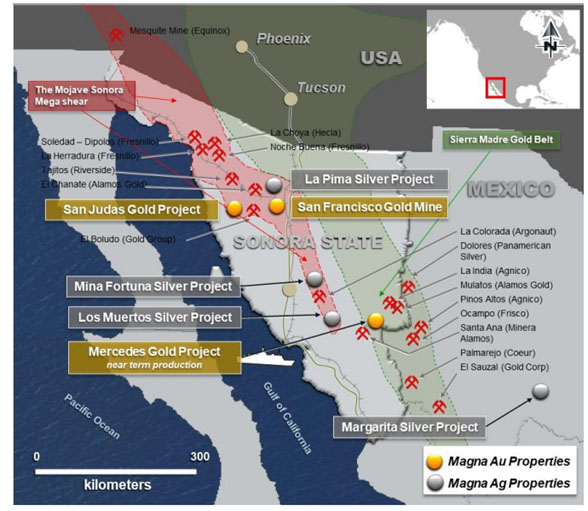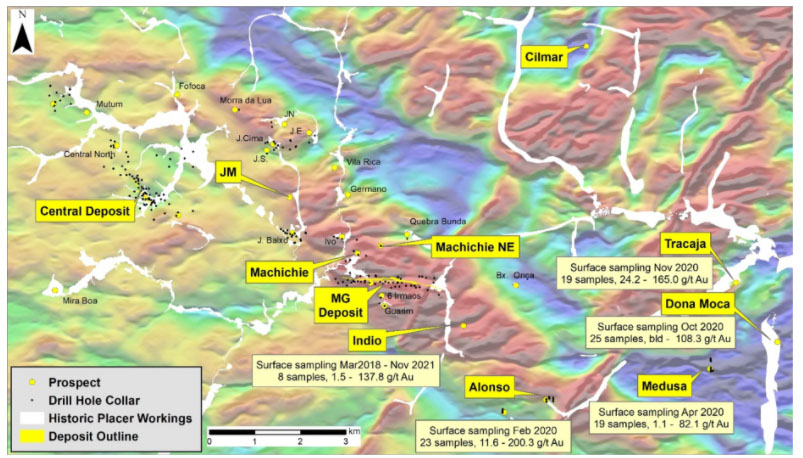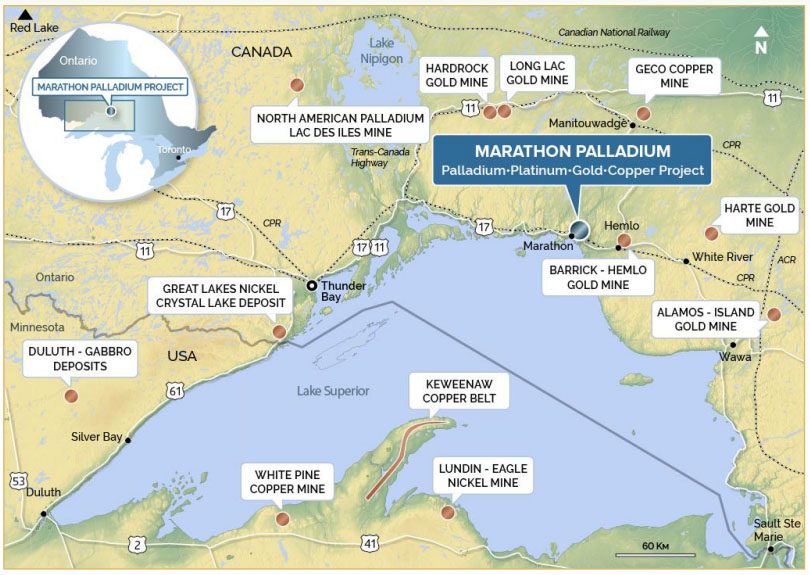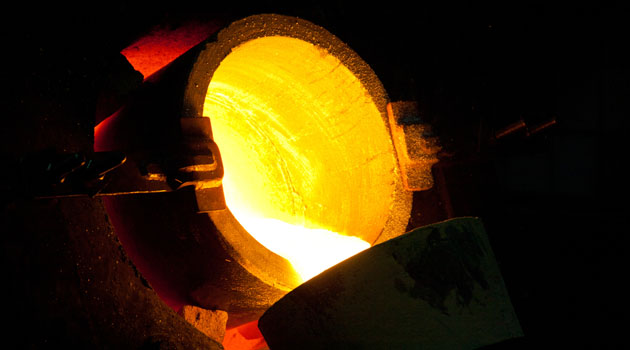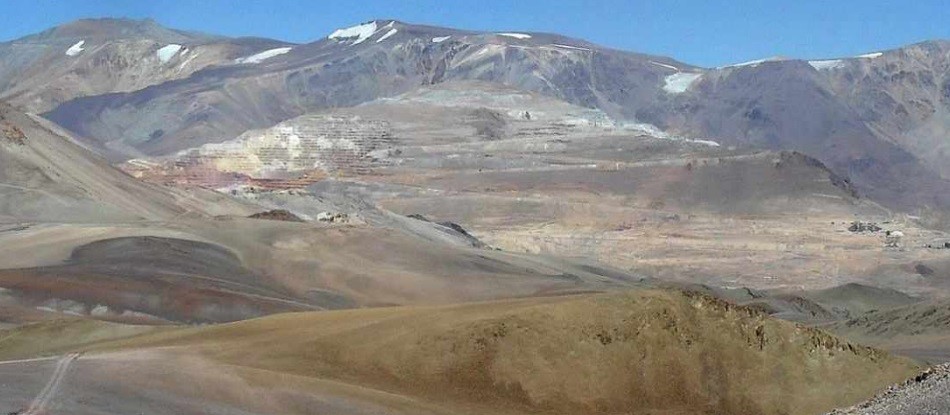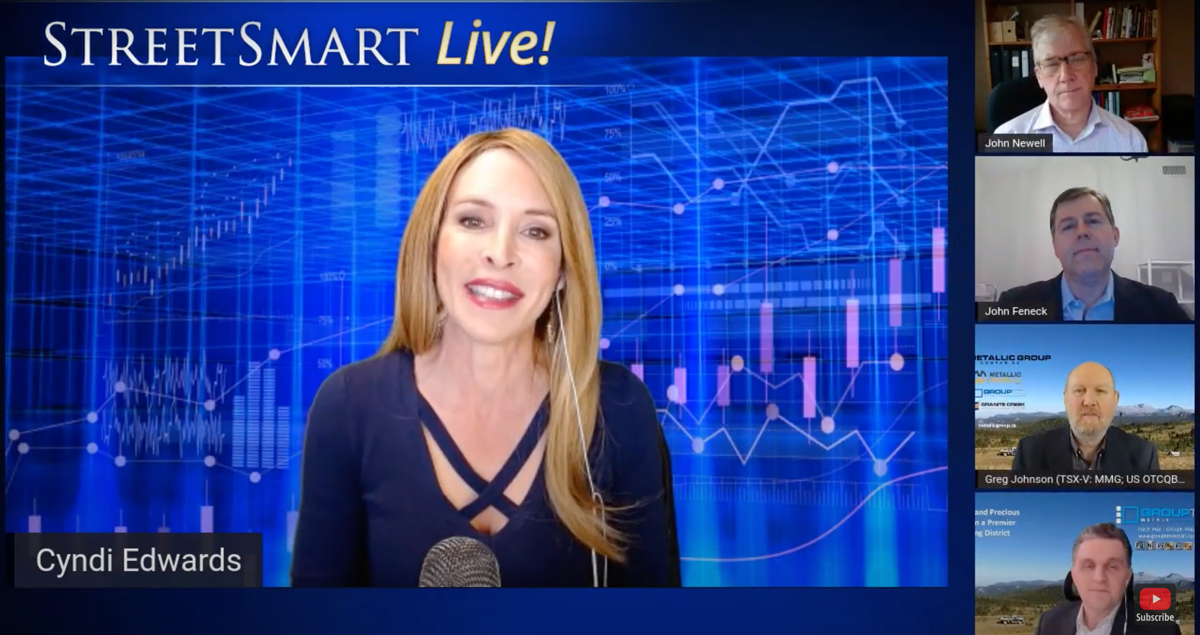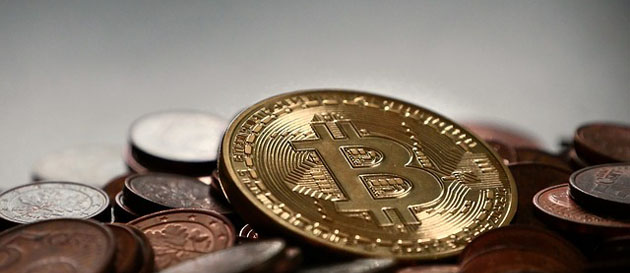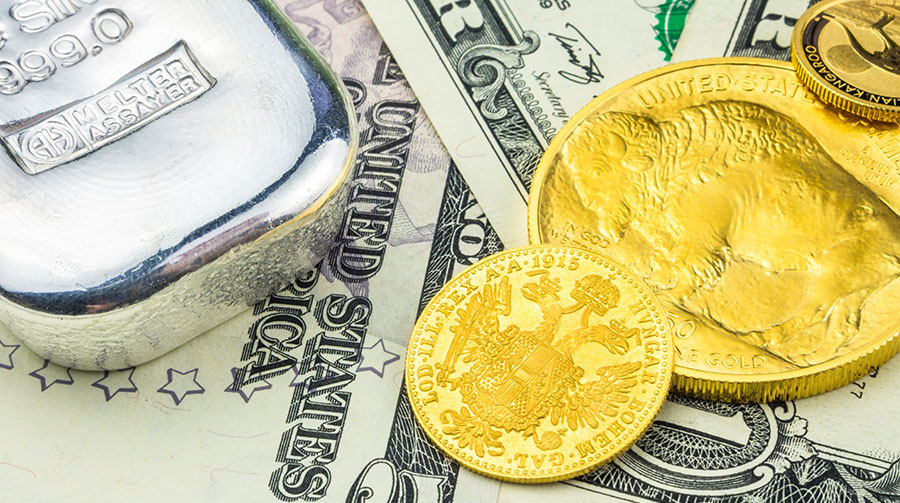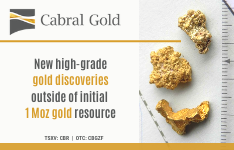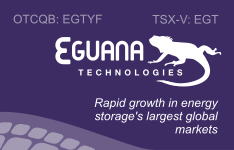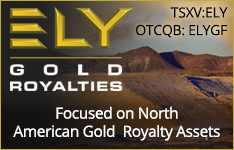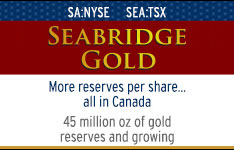QE2's End Portends Rocky Ride for Gold Rally
Source: Reuters, Frank Tang (7/5/11)
"Gold is likely to rally if the central bank reintroduces QE3, called for by President Obama."
Reuters, Frank Tang
The end of Federal Reserve emergency cash is unlikely to derail gold's 10-year rally, but the precious metal might face a rockier road as the cheap money that had fueled its ascent dries up, at least for now.
Fund managers have cited the threat of deflation, slower growth, a resurgent dollar and gold's overvaluation as just a few reasons why precious metal's performance as a safe haven is unclear. In the past, its value tended to rise in times of economic crisis.
Since the global economic downturn, however, gold has benefited from a string of stimulus measures by central banks attempting to boost growth.
Bullion has more than doubled from its 2008 low at the depth of economic crisis, and is up 20% since Federal Reserve Chairman Ben Bernanke's Jackson Hole speech last August, which marked the start of the Fed's second round of quantitative easing.
On Thursday, the Federal Reserve ended its $600 billion bond-buying program known as QE2, for quantitative easing, because the addition of money to the monetary system effectively lowered U.S. interest rates.
"Even with the QE ending, there is no prospect of the Fed increasing rates any time soon. We have negative U.S. real interest rates. And gold historically did very well in a negative-real-rate environment," said Bob Haber, chief investment officer of Haber Trilix, which manages $2 billion (1.24 billion pounds) in assets and runs U.S. and Canadian hedge funds.
On Friday, Gold fell below $1,480 an ounce, nearly $100 below its record high of $1,575.79 set on May 2.
Even though the Fed is not expected to tighten money policy anytime soon, gold is likely to rally if the U.S. central bank reintroduces additional market stimulus, called for this week by President Obama to spur job growth.
The end of Federal Reserve emergency cash is unlikely to derail gold's 10-year rally, but the precious metal might face a rockier road as the cheap money that had fueled its ascent dries up, at least for now.
Fund managers have cited the threat of deflation, slower growth, a resurgent dollar and gold's overvaluation as just a few reasons why precious metal's performance as a safe haven is unclear. In the past, its value tended to rise in times of economic crisis.
Since the global economic downturn, however, gold has benefited from a string of stimulus measures by central banks attempting to boost growth.
Bullion has more than doubled from its 2008 low at the depth of economic crisis, and is up 20% since Federal Reserve Chairman Ben Bernanke's Jackson Hole speech last August, which marked the start of the Fed's second round of quantitative easing.
On Thursday, the Federal Reserve ended its $600 billion bond-buying program known as QE2, for quantitative easing, because the addition of money to the monetary system effectively lowered U.S. interest rates.
"Even with the QE ending, there is no prospect of the Fed increasing rates any time soon. We have negative U.S. real interest rates. And gold historically did very well in a negative-real-rate environment," said Bob Haber, chief investment officer of Haber Trilix, which manages $2 billion (1.24 billion pounds) in assets and runs U.S. and Canadian hedge funds.
On Friday, Gold fell below $1,480 an ounce, nearly $100 below its record high of $1,575.79 set on May 2.
Even though the Fed is not expected to tighten money policy anytime soon, gold is likely to rally if the U.S. central bank reintroduces additional market stimulus, called for this week by President Obama to spur job growth.


